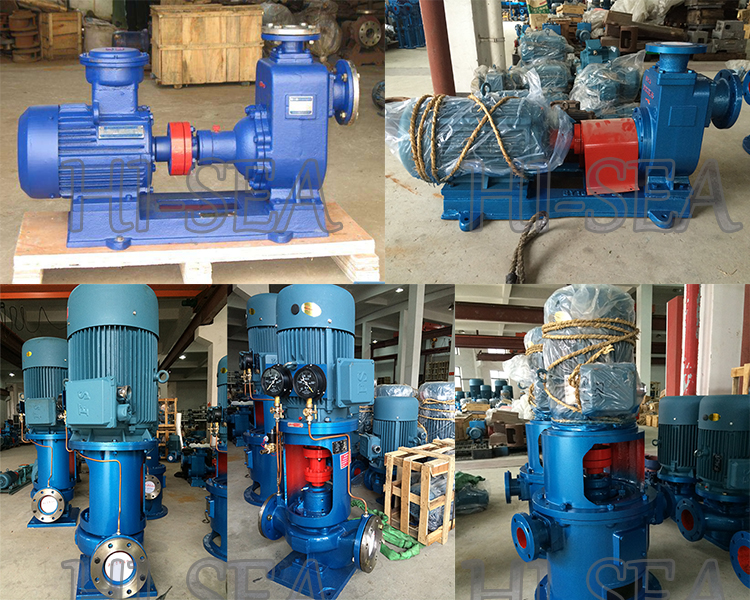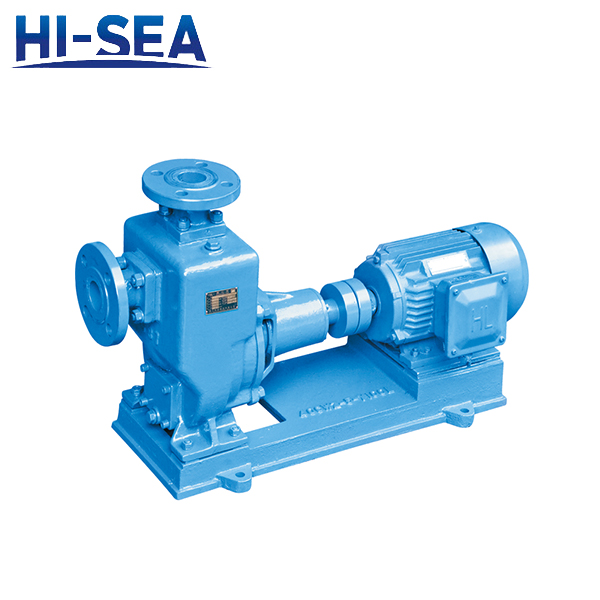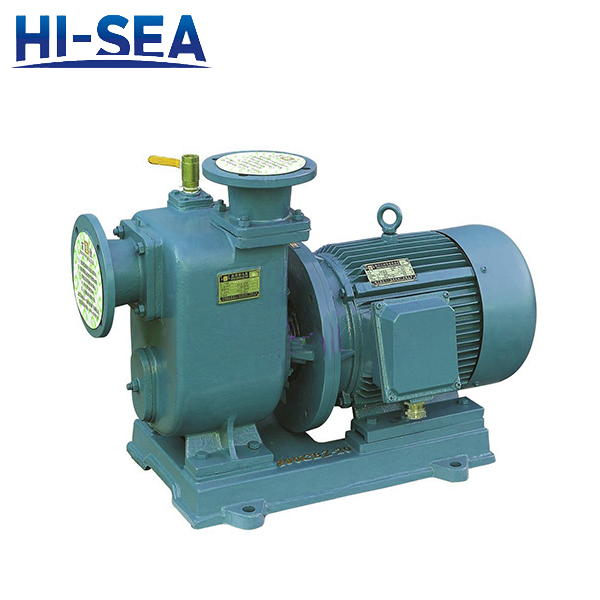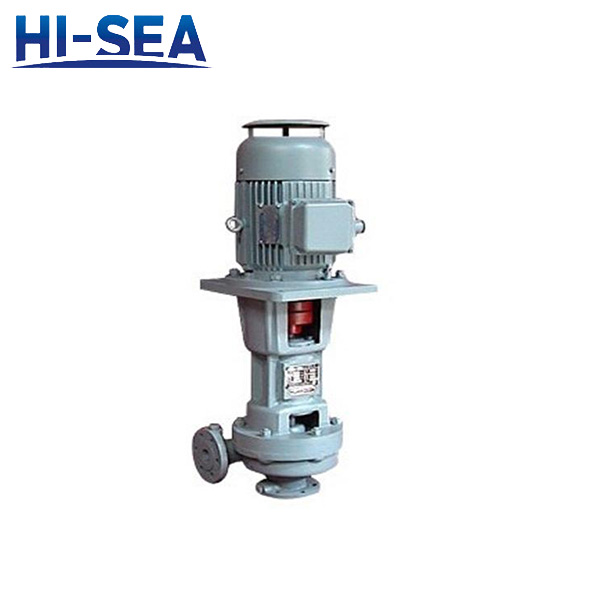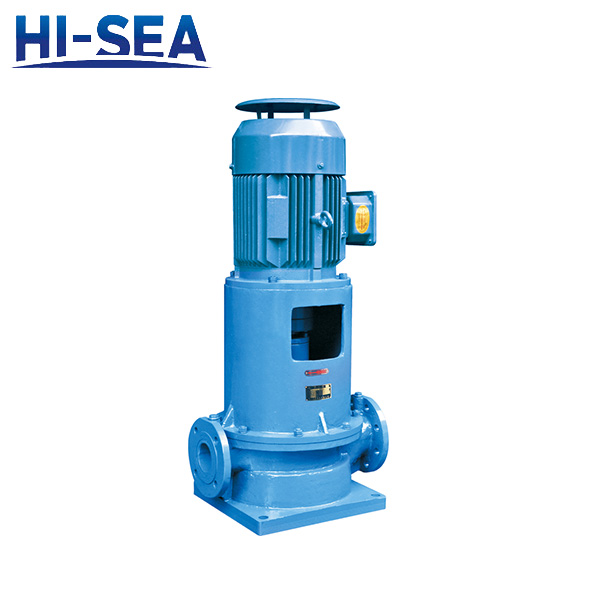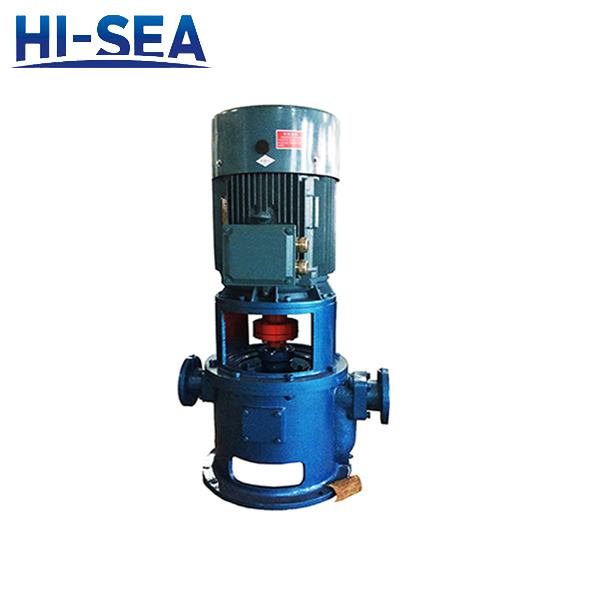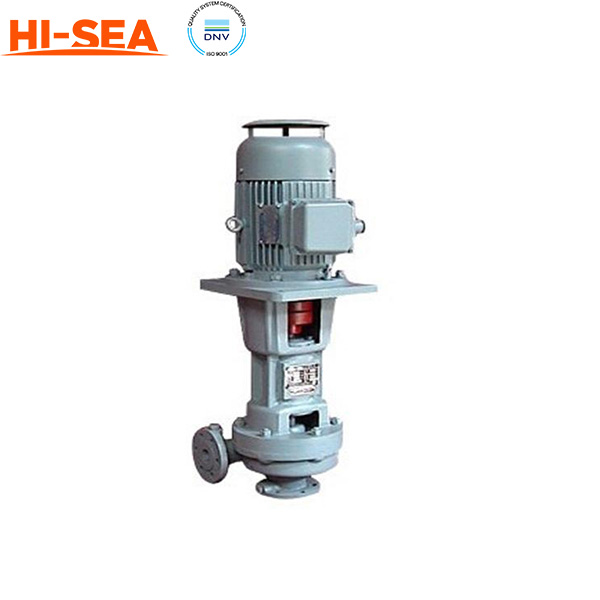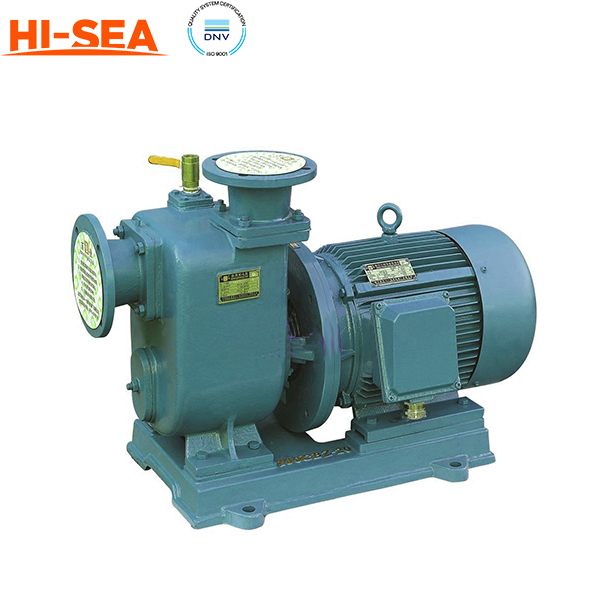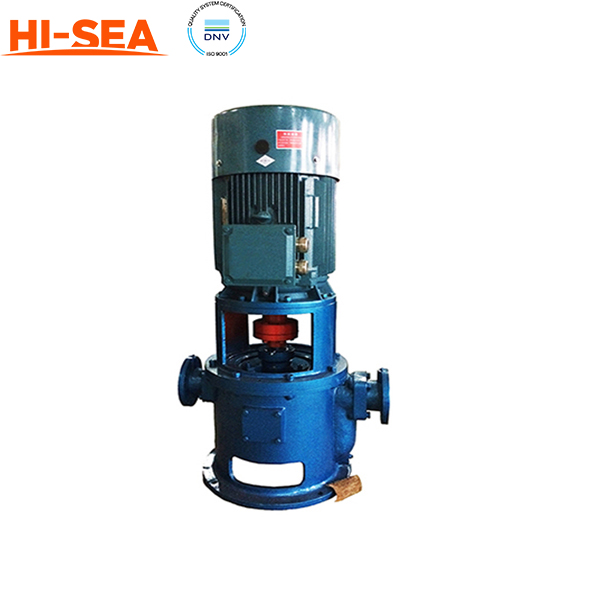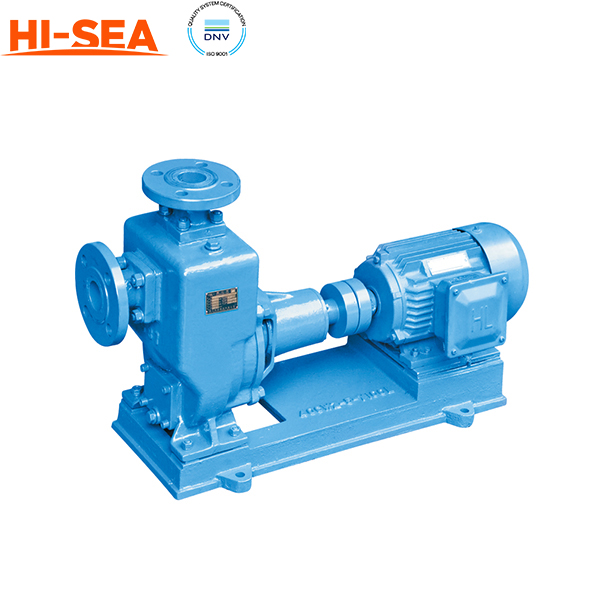MARINE & OFFSHORE EQUIPMENT
- Dredging Equipment
- Marine Deck Machinery
-
Marine Mooring Equipment
-
Marine Anchor
- AC-14 HHP Anchor
- Admiralty Anchor
- Beldt Stockless Anchor
- Bruce Anchor
- Spek Anchor
- Danforth HHP Anchor
- Delta High Holding Power Anchor
- GB11579-89 Light Weight Anchor
- Hall Anchor
- High Holding Power Mastrosov Anchor
- Hot Dip Galvanized Anchor
- Japan Stock Anchor
- JIS Stockless Anchor
- Pool Anchor
- Single Fluke Anchor
- Stainless Steel Anchor
- Stevpris MK5 Anchor
- Stingray Anchor
- US Navy Stockless Anchor
-
Marine Anchor Chain
-
Marine Shackle
- Kenter Shackle
- D Type Joining Shackle
- Pear Shaped Shackle
- Anchor Swivel Shackle Type A
- Anchor Swivel Shackle Type B
- Buoy Shackle Type A
- Buoy Shackle Type B
- C Type Detachable Connecting Link
- D Shackle
- Forelock Shackle
- Anchor Chain Swivel Group
- Straight Shackle
- Anchor Shackle
- Marine Triangle Plate
- Anchor Chain Swivel
- Anchor Chain Joining Shackle
- Anchor Chain End Shackle
- Slim Kenter Shackle
-
Chain Chaser
-
Marine Bollard
-
Marine Chock
-
Marine Fairlead
-
Marine Chain Stopper
-
Marine Mooring Reel
-
Marine Towing Bracket
-
Mooring Rope
-
Marine Towing Hook
-
Marine Shark Jaw
- Marine Fender
-
Marine Buoy
- Marine Floating Pontoon Dock
-
Marine Anchor
- Aquaculture Equipment
- Marine Outfitting Equipment
- Marine Propulsion System
-
Marine Painting
-
Marine Auxiliary Machinery
- Marine Air Compressor
- Marine Air Receiver
- Marine Sewage Treatment Plant
-
Marine Diesel Generator Set
- Marine Oil Water Separator
- Ballast Water Management System
- Marine Hydrophore
- Marine Calorifier
- Seawater Desalination Plant
-
Marine Oil Separator
- Marine Fuel Oil Supply Unit
- Marine Heat Exchanger
-
Marine Hot Well Unit
-
Marine Incinerator
-
Marine Boiler
-
Marine Valve
- JIS Marine Valve
- DIN Marine Valve
- ANSI Marine Valve
- GB Marine Valve
- CB Marine Valve
- CBM Marine Valve
-
Marine Gate Valve
-
Marine Globe Valve
-
Marine Angle Globe Valve
-
Marine SDNR Valve
-
Marine Angle SDNR Valve
-
Marine Check Valve
-
Marine Storm Valve
-
Marine Butterfly Valve
-
Marine Quick Closing Valve
-
Marine Fire Valve
-
Marine Self Closing Valve
- Marine Valve Accessories
-
Marine Pump
- Marine Centrifugal Pump
- Marine Screw Pump
-
Marine Gear Pump
-
Marine Vortex Pump
-
Marine Ejector Pump
-
Marine Diaphragm Pump
-
Marine Piston Pump
-
Marine Fire Pump
-
Marine Emergency Fire Pump
-
Marine External Fire Pump
-
Marine Ballast Water Pump
-
Marine Fuel Pump
-
Marine Lubricating Oil Pump
-
Marine Bilge Pump
-
Marine Sewage Pump
-
Marine Domestic Water Pump
-
Marine General Pump
-
Marine Cargo Oil Pump
-
Marine Hand Pump
- Marine Pump Parts
- Marine Life-saving Equipment
- Fire-fighting Equipment
- Marine Cable
- Marine Electrical Equipment
- Marine HVAC
-
Labour Protection Appliance
- Marine Decorative Material
-
Marine Anode
- Marine Pipe Fitting & Flange
- Marine Instrument
- Ship Building Equipment
INDUSTRY EQUIPMENT
- Hoisting Equipment
- Welding Machine & Material
-
Cutting Machine
- Container Securing Fitting
- Link Chain
- Container & Storage Equipment
-
Diesel Generator Set
- Other Equipment and Tools
- Petrochemical Equipment
- Fiber Reinforced Plastics
- Polymer Materials
- Environmental Protection Series
- Geo-products and Building Materials
- Metal Mesh
- Steel Grating
-
Earthwork Teeth
-
Turnbuckle
STOCK LIST
Contacts
 Tel:+86-23-67956606
Tel:+86-23-67956606
 FAX:+86-23-67956622
FAX:+86-23-67956622
 Email:manager@cqhisea.com
Email:manager@cqhisea.com
Working Time: 9:00--17:00
Working Day: Monday to Friday Website: www.cqhisea.com

Marine Ballast Water Pump
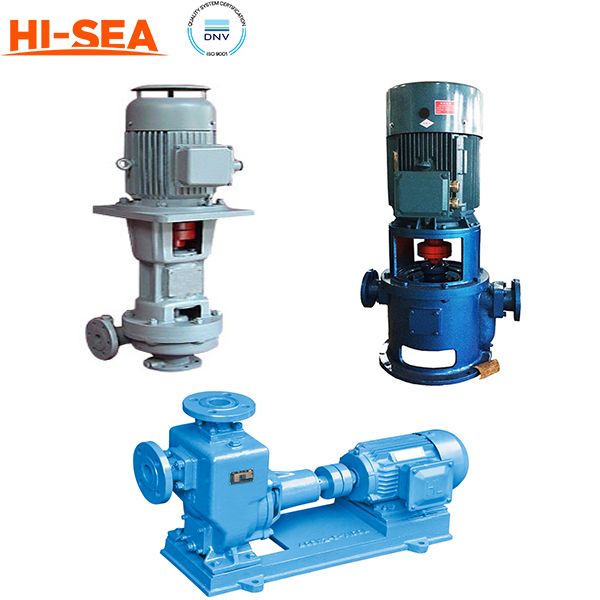
Introduction of Marine Ballast Water Pump
Ballast water pumps are pumps used for filling or draining ballast tanks. Also called ballast pump.
The injection and discharge of ballast water and the allocation between each tank are realized by the allocation valve box through the self-flow or ballast water pump.
Ballast pumps generally require large displacement and low head. Usually, the ballast pump is installed at the bottom of the ship and has a certain liquid column height, so it does not require dry suction capacity. Generally, a centrifugal pump or a reciprocating pump with a high specific speed is used. Depends on restrictions.
CBZ Series Marine Horizontal Self-priming Ballast Water Pump
Marine Ballast Water Pump
Arrangement of Ballast Water Pumps
The layout of the ballast piping system is characterized by the bidirectional flow of water in the pipeline, so a transfer valve box must be installed in the ballast system.
The ballast water system shall be provided with more than two ballast water pumps, the capacity of which shall be determined by the time required to discharge all the ballast water. Ships of different types and sizes have different times for all discharge of ballast water. Usually, the ballast water system is required to fill or empty the largest ballast tank within 2 to 2.5 hours, and to fill or empty the ballast water tanks of the whole ship within 6 to 8 hours.
Operation of Ballast Water Pumps
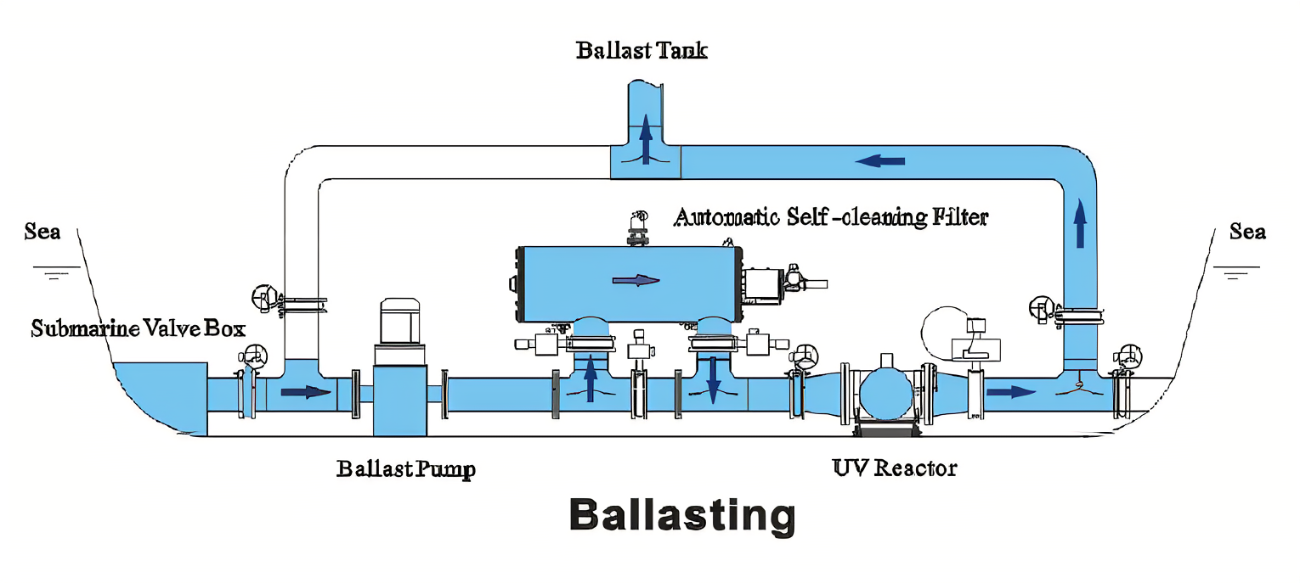 ①. Ballast:
①. Ballast:
1. First close the ballast pump inlet valve, then open the undersea valve, open the ballast pump outlet valve (one globe check valve and one globe valve each) and the ballast tank intake valve that needs ballast (preferably symmetrically open), close the valve of the outboard main and the side valve.
2.At this time, the ballast pump inlet pressure gauge has a pressure display, start the ballast pump, pay attention.
Check the pressure gauge indicates that the inlet vacuum is between-0.05-0; the outlet pressure is between 0-0.4, the operation is normal. When the ballast tank is full of water, it will overflow from the corresponding vent pipe.
Close the above valve af ter ballast is completed.
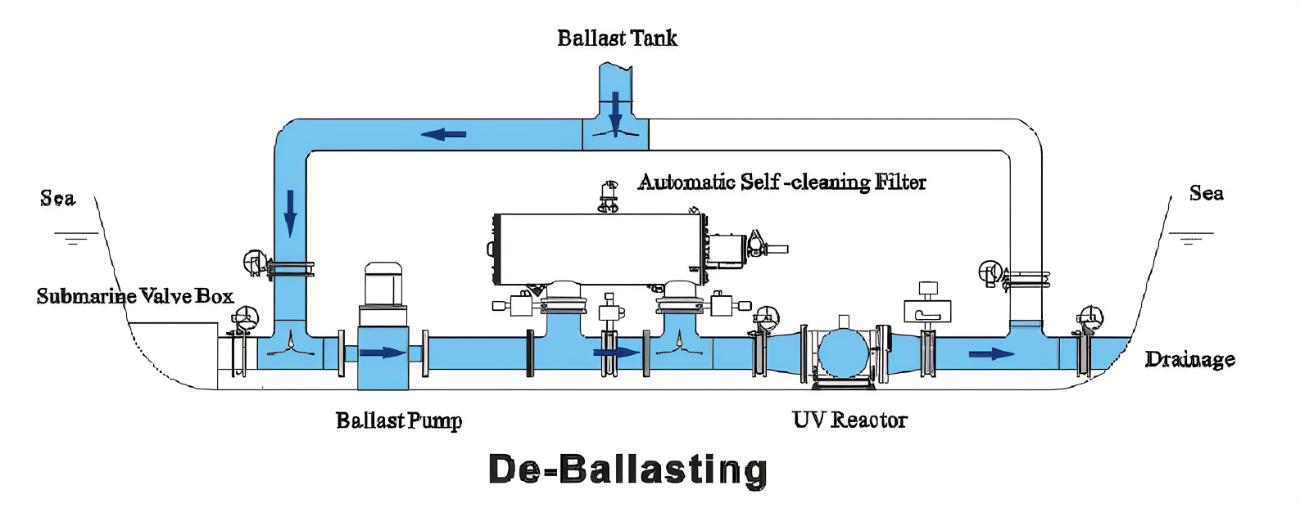 ②. Drainage:
②. Drainage:
1. Open the ballast pump inlet valve, open the ballast pump outlet valve and the outboard main valve and the side valve, and open the shut-off valve of the ballast tank that needs to be drained (preferably symmetrically).
2. Start the ballast pump and pay attention to the indication of the pressure gauge. The inlet vacuum is-0. Between 05-0; when the outlet pressure is between 0-0.4, the operation is normal, when the vacuum meter shows the pressure.
When the force is 0, the ballast tank is emptied, and when the vacuum gauge pressure fluctuates, some ballast tanks have been emptied.
3. Close all valves after the drainage is completed.
Picture of Marine Ballast Water Pump
